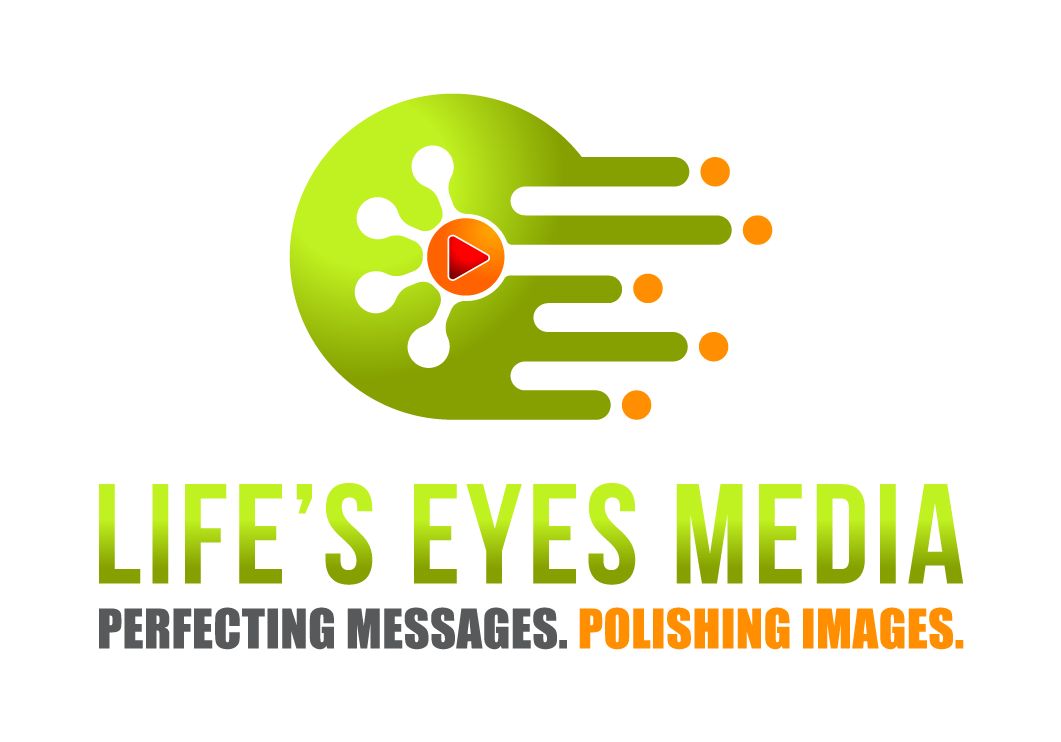
Not a day goes by that doesn’t witness another salvo in the shooting gallery that is the nexus of politics, journalism, and social media. Truth be told, this information conflagration simmered under the surface for many years. Enter the perfect storm of an unexpected presidential election result; a fragile traditional media business model; and a social media-powered cultural makeover; and boom! The media landscape is now transformed.
It’s a time when healthy skepticism is replaced by defensive cynicism; objectivity is relegated to the occasional investigative report; and journalism resembles an earlier form of “identity coverage” that silos perspective and separates audiences. What should you be doing as a marketer, advertiser, public relations professional, content creator–or any other information agent–in this credibility-free environment? Here’s the hard truth: journalists rely on you more than ever to get the story right. So, even when your job is to make sure your client, concept, or contention looks its best, make sure you:
1. Tell the truth. Not only is it the moral and ethical thing to do, it can save you and the brand you represent lots of time, trial, and money. In the world of the empowered consumer, no bad deed goes unpunished. Many brands have learned this the hard way, including Apple. In 2008, when the tech giant claimed the iPhone 3G worked “twice as fast at half the price” of the original iPhone, customers questioned the contention. It turned out to be false. The case went to court. And the resulting social media firestorm took a bite out the brand that could have been avoided by being honest in the first place.
2. Use real statistics. It’s disturbing how easy it can be to twist the square peg of a survey into the round hole of a marketing message. Check out https://simplygram.com for more tips. Just don’t do it (see number one). If you claim a survey is nationwide, make sure it is. If you claim research is scientific, make sure it is. And if you draw conclusions from data, make sure they’re linear and logical. Your customers, stakeholders, and audiences deserve just the cold, hard facts, ma’am. If you can’t provide those, or if they don’t prove what you want them to, stop. Redesign the survey to improve the way the questions are asked, or accept the fact that your premise is simply wrong. Either way, don’t make the numbers lie.
3. Be a professional resource. Journalists face terrifying deadlines these days. Make their job easier by keeping your messages clear, concise, credentialed, and grammatically correct. The rewards your brand can reap from being perceived as open, honest, and accessible far outweigh the extra time and effort you give to the cause of credible communication. And you’ll be able to look yourself in the mirror in the morning.
